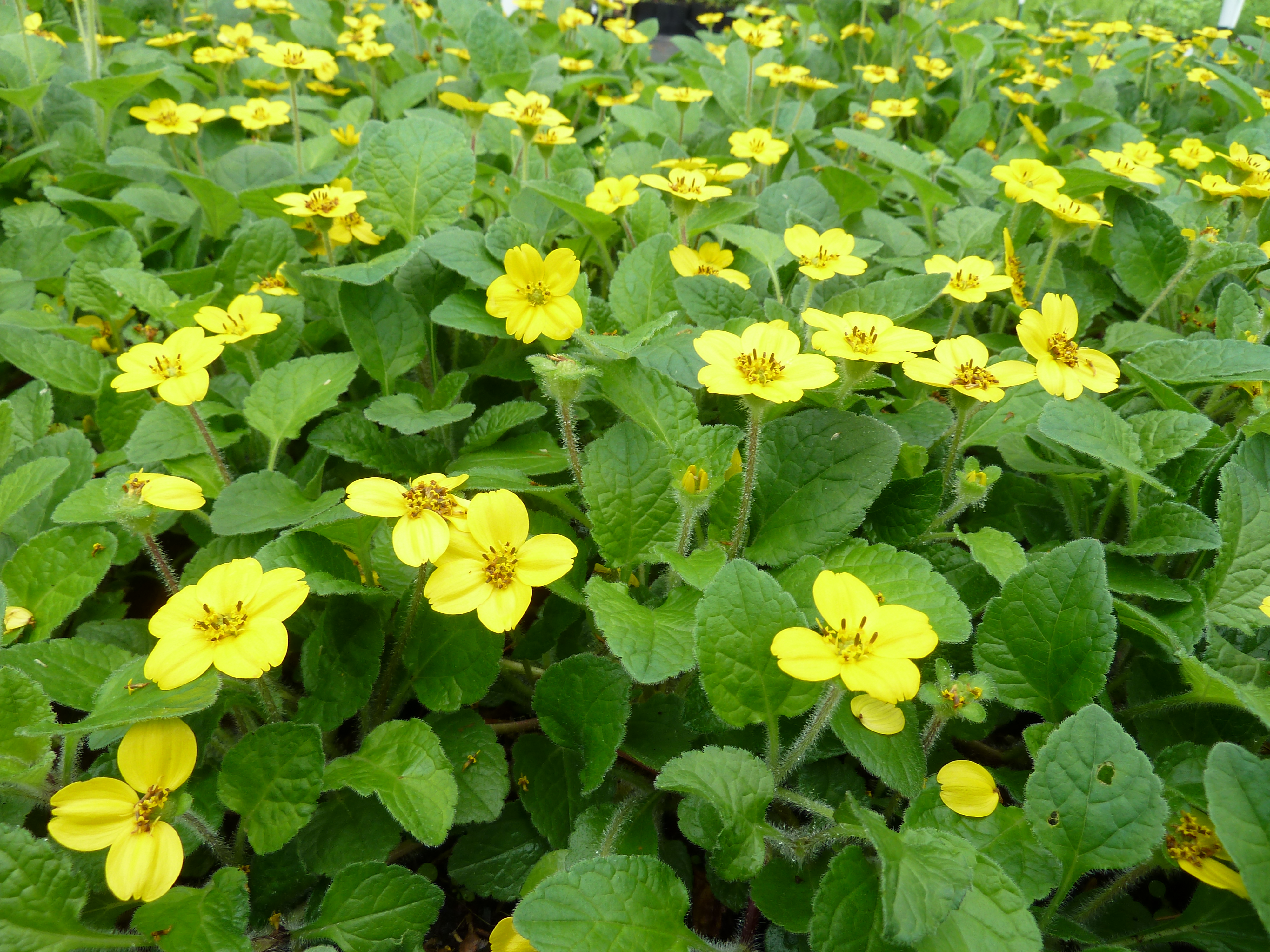7 Native Ground Covers
Have you been looking for a low maintenance alternative to lawns? Ground covers are a great installment for flower beds and hills. We have selected seven native ground covers that you are bound to enjoy.
1. Wild Ginger (Asarum canadense)
Native ginger is a slow growing ground cover for heavily shaded areas. You can find this plant in Moist Maryland woodlands. Small, brown, jugular flowers blossom on the ground, under 4-6” tall kidney shaped leaves. This plant pairs particularly well with native ferns, low creeping flowers, and tiarellas.
2. Goldenstar (Chrysogonum virginianum)
This ground cover can easily be found all over the Eastern US. Unfortunately, it is sometimes mistaken for a weed. 4” tall spreading mounds of vibrant green foliage produce yellow star-shaped flowers in early spring and sporadically throughout the summer. This plant prefers partial shade and moist, well-drained soil.
3. Blue Mistflower (Eupatorium coelestinum)
Pollinators gravitate to the fluffy, pale blue flowers of this ground cover. Blossoms appear in late summer and persist into September and October. This ground cover grows vigorously and is often used in meadows to stabilize eroding soil. Blue mistflower can tolerate almost any amount of light.

Goldenstar

Allegheny Spurge
4. Creeping Mint (Meehania cordata)
Found in Pennsylvania and south to North Carolina, creeping mint spread with above ground stolons. Violet-blue flowers adorn square stems, accompanied by green, heart shaped leaves. Lovely color in May and June and minty aromatics make this ground cover a garden favorite. Plant in partial sun.
5. Allegheny Spurge (Pachysandra procumbens)
Allegheny spurge is a plant loved for its unique mottled and toothed foliage. New growth is radiant green and evolve to a mottled pewter color. This ground cover excels in rich, shady soil.
6. Prostrate Blue Violet (Viola walteri ‘Silver Gem’)
This particular variety of viola is a personal favorite! The silver-green foliage is accented by dark green veins that run throughout the leaf. This plant was selected from the Mt. Cuba plant introduction program. Plant in partial shade with moist, well drained soil.
7. Pennsylvania Sedge (Carex pensylvanica)
A grassy, ground cover, Pennsylvania sedge changes things up a bit. Native to mountainous climates, this native can tolerate dry or moist soil. Soft clumps of grass form about 15” tall and topple over to create a “flowing sea of grass.” The clumps spread quickly and go dormant in the winter.
